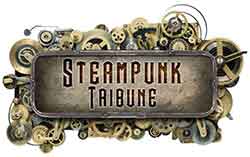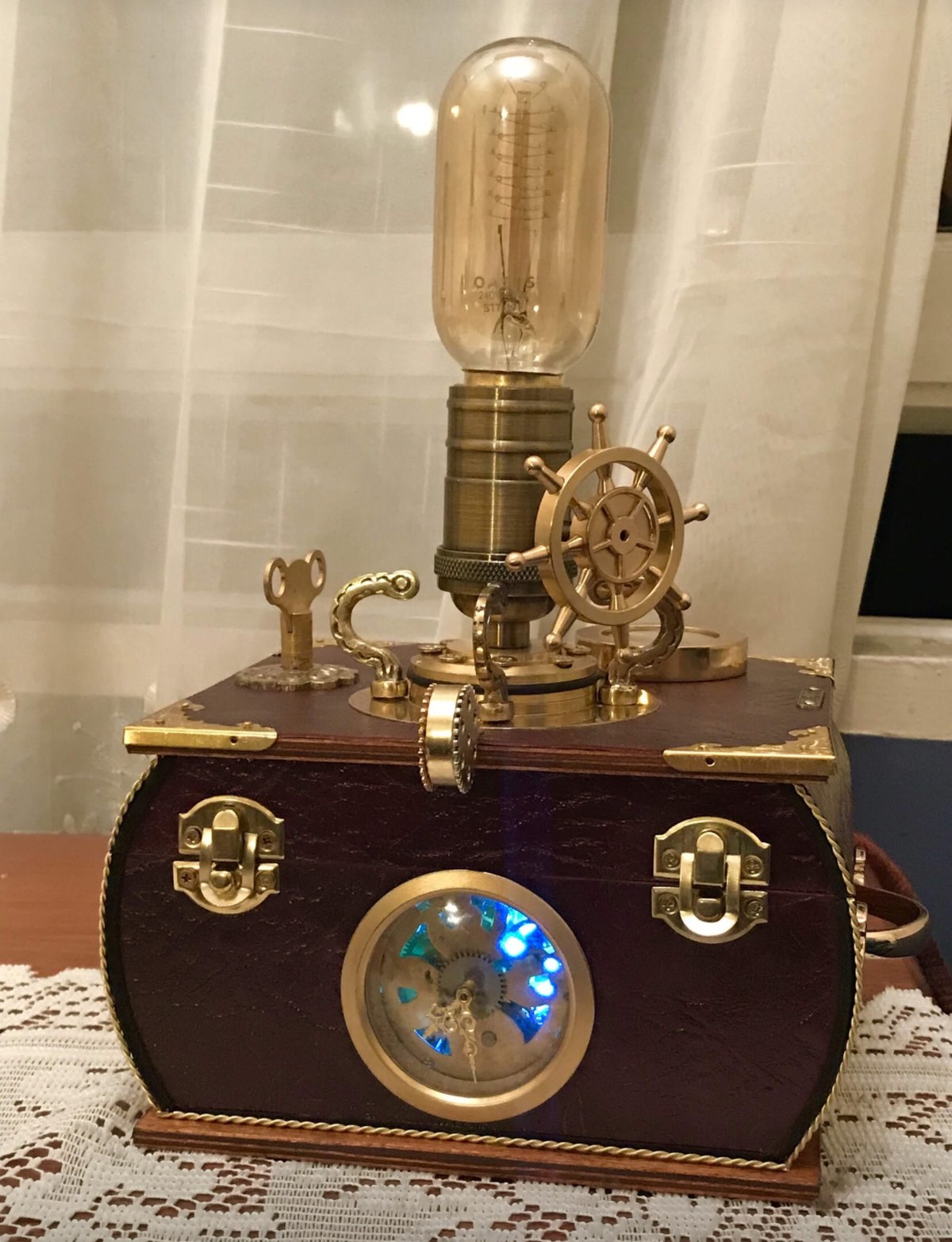All Rights ReservedView Non-AMP Version
Categories: ArticlesVictorian lamps and the history of night light
Victorian lamps and the history of night light
In the early 1800s, most of the households had been lit by candles and oil lamps. Interior components like sconces and chandeliers, had used identical technique of bringing light into houses and all types of buildings. Sadly, mainly on special occasions.
As a whole, before the Industrial revolution, society hadn’t much opportunities to invest in things like decor and commodities. The chance for middle classes to thrive on interior and decor had come throughout the Victorian times. Everyday life in those households, had felt like a technological metamorphosis.
Burning old candle
The ancestor of the lights we know today, is the candle. There had been different types, such as beeswax, tallow and spermaceti. Here is something more for each type:
-beeswax candles – the name itself says a lot;- besides, we use them in the present as well;
-tallow candles – had been made out of animal fat; the shape had been given by moulds; even if they had been the cheapest, those candles stank strongly while burning; they also burnt with smoky flame, and produced less and less light with time;
-spermaceti candles – the third kind had been made out of whale fat; it’s texture had been harder than the other two types which made it a bit difficult to use.
By the end of the century, а fourth type of candle had been invented and widespread – paraffin wax candle. It had seen prevalent use, cheap, inodorous and reliable and is the main type of candle used to this day.
Some of the Georgian predecessors in the 19th century had become more stylish and richly decorated light objects. Some of the creative lamp fittings had been made in such way, that the candles inside stood at the same level, despite the changing size while burning. Like that, the flame stayed even all the time. Throughout the Victorian chapter, candlelight has been used from ordinary activities, like playing cards and cooking, to fashionable hotel rooms and deluxe ballroom events. With time, candles had been replaced by other means of light like oil and gas.
Aimé Argand and his invention
Have you heard of Aimé Argand? He is known as the inventor of the Argand oil lamp. His invention has had a broad flat cord, held between two metal cylinders, with air drawn through and around it. For the times prior and in the beginning of the Victorian age, this itself had been a revolutionary idea. The inventor had also discovered, that the flame can be risen rapidly, by placing a so called ‘chimney’ over it. Like that, fanned by hot gases from the flame and drawing air in from below, the poor crackling flame of predating lamps had been transformed into a bright light source. Furthermore, this source had helped achieving maximum productivity with minimum wasted energy. How about that for revolutionary?
This innovative device had one disadvantage though – the used oil, called colza, had been too thick to be used normally. This difficulty inspired the 19s and one of their greatest improvements – introduction of paraffin. The new fuel had been much lighter than the colza, which had enabled new designs and various models of light fittings. Following the same pattern as the Argand lamp, in 1865 a totally successful paraffin lamp had been invented – the Duplex burner. Most of that and similar kind of of lamps, have had larger shades, which had adopted various shapes, patterns and colours.
Auer von Welsbach and the gas mantle lamp
While oil lamps had produced limited range of light, the gas mantle on the other hand, had larger surface and had been far more effective. That invention by Carl Aur von Welsbach in 1885, is known as the last major breakthrough in the 19th century before electricity had taken over.
In the early 19th century, streets and buildings had been already lit by gas. The most common burners had produced fan-shaped flames. All gas fittings had been designed to burn upwards. Imagine if you had to read a letter or a book using such gas lighting in your home. Logicly, the light had been brightening towards the ceiling, and not where needed. In 1987 the gas mantle had been adapted to burn downwards!
Basically, a simple indoor gas lamp have had copper, iron or brass pipes, that supplied the fuel and an on/off switch. The burners had been shielded from direct view by glass globes, silk or a glass tube. However, all types of gas lamps haven’t been so simple in the 19s. Each element of every device had offered a wide scope of adornments. Some of them had been ornamented or with coloured glass globes and decorations or even silk shades on lamps with glass chimneys.
1880s up to 1920s had been booming with crafted production of all kinds of lights. William Morris, the father of the Arts and Crafts Movement, had been one of the first from a line of manufacturer generations. One of the names that stood out as a creative designer had been W. A. S. Benson. With time, the rich in decoration lamps had been replaced by unadorned ones, focusing on simplicity, warmth and brightness.
Arts and Crafts movement inspired lamps
Interesting evolvement is, that The Arts and Crafts movement had corresponded greatly with the appearance of the electric lights. In 1879 Thomas Edison’s light bulb had been offered in different shapes and styles, replacing briefly the already existing fittings and decorations. People had realized the short life of the first light bulbs, no matter how well decorated they had been. Till 1901 and the death of Queen Victoria, the infancy of the light bulb had been still a fact. The gas lighting had remained common mean of brightning larger towns, augmented by candles and oil lamps.
Electricity needed a couple more decades to develop and emerge as a predominant source of light which happened after the First World War. That is probably one of the greatest inventions in history. Imagine if we had to deal with street lights, like they had back in the mid 19s – lamplighters had portable ladders to help them light up or extinguish the street lamps.
All that sound fascinating, right? Wait until you see how to steampunk the bright side of your home. Don’t worry, most of the steampunk art supplies, that you will need to create an object or add an element, are actually in the hardware store nearby. Some of them are wood, copper pipes, flexible metal connectors, plastic pipes, metal flashing, resters, copper and PVC fittings, metal sheets, car accessories, brass fittings, heating elements, thermometers and many more.
Make sure you check out our DIY section for fun and creative ways to build something of your own.
Steamteam
Next”Discover Steampunk” – New traveling exhibit » Previous « World of 1920+: post-WWI and mechs? Leave a Comment SharePublished by Steamteam 2 years ago
- The Tales of Sage and Savant – Podcast and Novelization
- “Discover Steampunk” – New traveling exhibit
- World of 1920+: post-WWI and mechs?
Related Post
Recent Posts
- Apparel
The Best Steampunk Pocket Watches of 2019
We’ve reviewed the best steampunk pocket watches of 2019 and created this best of list. Each watch has been selected…
1 month ago
- Apparel
What is Steampunk Fashion? A Guide
Quick Links: What is Steampunk Fashion? Types of Steampunk Fashion Steampunk Fashion Accessories Best Steampunk Fashion Online What is Steampunk…
4 months ago
- Victorian Era
Victorian Last Names (Surnames)
Whether you are looking for a Victorian-sounding last name for a fantasy novel, game character or for something else entirely,…
5 months ago
- Art
The Best Steampunk Art of 2019
Steampunk art brings to life the technology and personalities of the steampunk world. This art often uses materials like brass,…
5 months ago
- Apparel
The Best Steampunk Watches of 2019
Simply having the gears exposed doesn’t make a watch a steampunk watch! That is just a skeleton watch, which is…
5 months ago
- Art
Steampunk Movies
The steampunk movement first emerged on the scene in the 1970s, a little before the term was officially coined in…
5 months ago All Rights ReservedView Non-AMP Version




